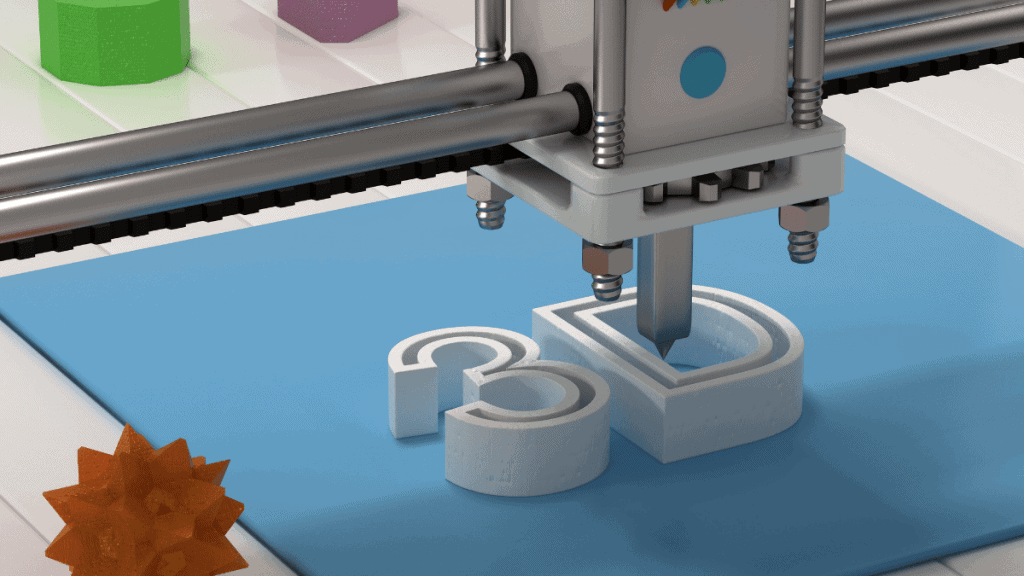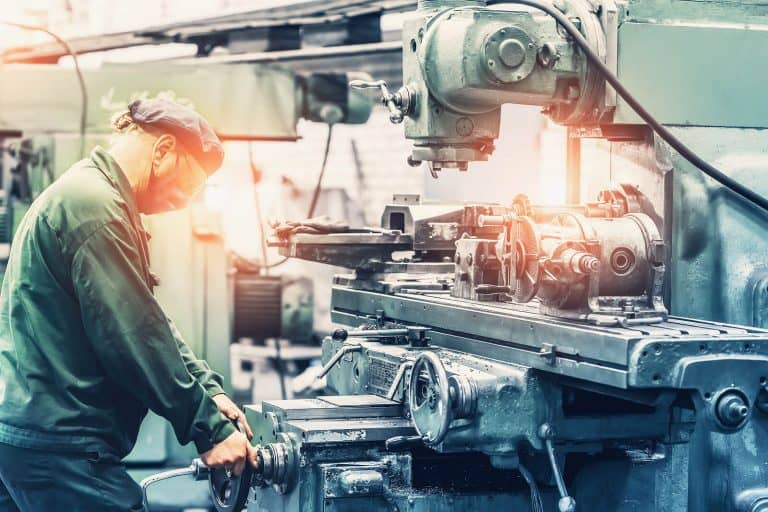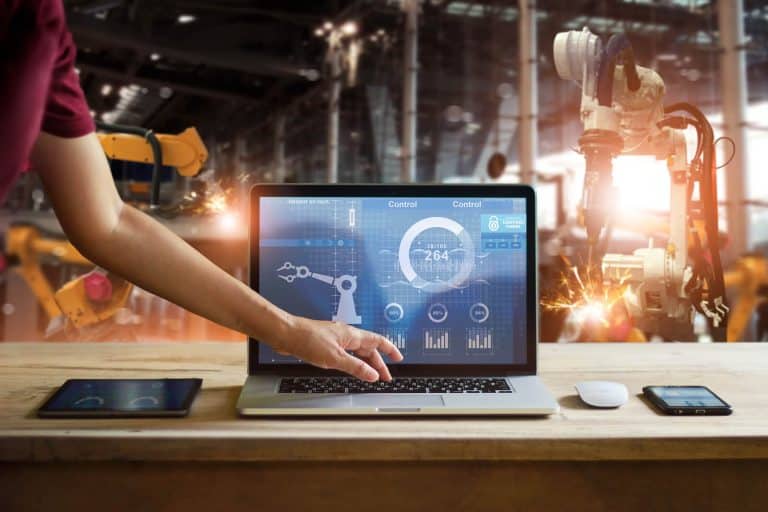There’s no doubt that the rise of technology has significantly changed the way businesses operate on a daily basis. The adoption of new technologies opened the door to new approaches and innovative ways of thinking and doing things. This meant that particular day-to-day operations and tasks could be made easier, safer, faster, and much more efficient. This is particularly true when it comes to embracing innovative technologies such as 3D printing.
Table of Contents
ToggleOnce a concept we were only able to see in science fiction movies, 3D printing is now being widely adopted by a plethora of different industries as a part of their digital transformation journey. This doesn’t come as a surprise given its numerous uses, from product design to prototyping and so much more. In this article, we’ll be looking at how 3D printing is transforming industries in new ways and what different opportunities this innovative technology offers us.
How does 3D printing work?
Often referred to as additive manufacturing (AM), 3D printing perfectly describes the current state of the evolution of printing technology. By imitating a biological process, this manufacturing method focuses on creating three-dimensional objects by introducing one material layer after another. It relies on either a digital 3D model or a CAD model to construct the objects using different printing materials. Depending on the materials that are used during the manufacturing process, a different printing technology will be used.
For instance, AM technologies such as SLA, SLS, and FDM printing use plastic as their printing material. Other technologies, including DMLS and EBM, work with metal to produce 3D printed objects. Aside from plastics and metals, more technologies are using materials varying from wood and glass to ceramics and living cells.
3D printing and the construction industry
Perhaps the best way to start explaining the astounding transformational effect of 3D printing is to take a look at the role this innovative technology plays in the modern construction industry. For starters, 3D printing allows builders to provide specialized materials and reimagine the entire building process.
Aside from the growing variety of building materials that are being used, companies are now relying on 3D rendering services as their promotional tool in the real estate and architecture industry. Clients can easily visualize and bond with their future living space by getting a photorealistic representation of their future space – even if it’s still in the design stage. It also makes the construction process so much faster than traditional methods. While 3D print skyscrapers remain an ambitious goal, it’s only a matter of time until they become the norm.
3D printing and the manufacturing & engineering industry
Thanks to its ability to rapidly produce high-fidelity, custom prototypes, 3D printing has also found its use in the manufacturing and engineering industry. Whether we’re talking about new car model development, prototyping pieces of jewelry, model making, or producing spare and replacement product/device parts, it seems like there’s virtually no industry that could not benefit from integrating 3D printing processes in one way or another.
The innovative technology’s capacity for customization appears even more limitless when it comes to developing new designs in the industries focusing on smart clothing, eyewear, footwear. For designers, customization opens doors to a plethora of new design possibilities. For customers, this translates to a much greater convenience along with optimal product performance, comfort, and quality.
3D printing and the healthcare industry
The customization and a wide range of other benefits offered by 3D printing are also reshaping the healthcare industry. One technology currently being adopted by a number of hospitals is the 3D printed patient-specific models. By getting an insight into the anatomy of a particular patient, surgeons can practice before actual surgery. Printed implants make for excellent replacement parts, while printed dental products and prosthetics have the power to change patients’ lives.
Furthermore, the enormous, incredible potential that comes with 3D bioprinting could transform the regenerative medicine industry as we know it. The overall results of implementing 3D printing in healthcare? Lower overall mortality and morbidity rates, reduced anesthesia and surgical time, and better, more successful surgical outcomes.
The future
There’s no denying that the future of this innovative technology is bright. The material choice continues to expand, which means that the list of potential uses is only getting longer. It also helps that the technology is becoming more affordable, and therefore, more accessible across different industries.
And with our world taking actionable steps to reduce environmental footprint, implementing technologies with as much green potential as 3D printing can be key to business efficiency and sustainability.
Wrapping up
With so many benefits to offer, it’s no surprise that this innovative technology continues to be applied across multiple industries. The possibilities are seemingly limitless at the moment, and we’re excited to see what happens as more enterprises continue to embrace the technology and explore the fascinating world of 3D printing.





